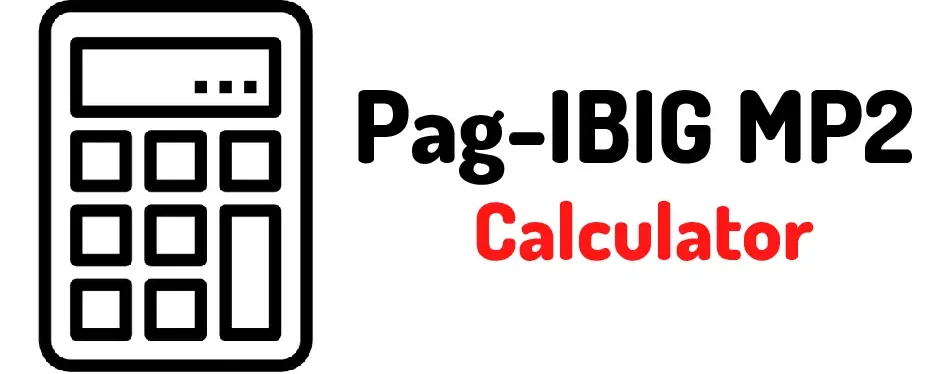Pag-Ibig Mp2 Dividend Rate 2023
The Pag-IBIG MP2 is a voluntary savings program that provides members with an attractive interest rate and dividend payouts. Over the years, this program has gained in popularity due to its high returns.
But what is the current dividend rate of the Pag-IBIG MP2? Let’s take a look.
The Current Dividend Rate of Pag IBIG MP2
The current dividend rate of the Pag-IBIG MP2 is a dividend rate of 6.53% per annum for regular savings and 7:03% per annum for Modified Pag-IBIG 2 Savings (MP2) Savings. This rate was announced by HDMF in March and applied to all deposits made after November 1st of that year.
| 2021 | 6.00% |
| 2020 | 6.12% |
| 2019 | 7.23% |
| 2018 | 7.41% |
| 2017 | 8.11% |
| 2016 | 7.43% |
| 2015 | 5.34% |
| 2014 | 4.69% |
| 2013 | 4.58% |
| 2012 | 4.67% |
| 2011 | 4.63% |
For deposits made before November 1st, 2018, members are still eligible for a 0.35% dividend payout. This means that if you invest P500 in your account before November 1st, you will be eligible for a P1.75 dividend payout at the end of each year; however, if you make your investment after November 1st, 2018 then you will be eligible for a P2.50 payout at the end of each year instead!
The dividend rate for the Pag-IBIG MP2 program, also known as the interest rate, is determined by the Pag-IBIG Fund’s Board of Trustees and is based on the fund’s performance. The interest rate may change periodically, so it’s important to check the current rate before investing.
As of my knowledge cut-off, the Pag-IBIG Fund offered a higher interest rate for the MP2 program compared to the regular savings program, however, these interest rate may change periodically, I would recommend you to check the official website of Pag-IBIG or inquire with their customer service hotline or visit the nearest branch to get the current interest rate of MP2.
It’s important to keep in mind that the MP2 program is a long-term savings program and not a short-term investment. The interest rate is not the only thing you should consider when making an investment decision, it’s best to consult with a financial advisor to see if this program aligns with your financial goals and risk tolerance.
What Is Pag IBIG MP2?
Before we discuss the dividend rate of the Pag-IBIG MP2, it is important to understand what it is and how it works. The Pag-IBIG Multi-Purpose Loan Program 2 (MP2) is a long-term savings program for members of the Home Development Mutual Fund (HDMF). It provides members with an attractive 5% annual return on their investments, which can be withdrawn as dividends or reinvested for higher earnings.
The Benefits of Investing in Pag IBIG MP2
The main benefit of investing in the Pag-IBIG MP2 is that it offers an attractive 5% interest rate, which beats most traditional savings accounts and makes it an ideal investment option for those looking for better returns than what they can get from their banks. Additionally, members who invest in this program are also eligible to receive dividend payouts every 12 months. This means that they will receive additional income without having to wait too long.
Conclusion:
If you’re looking for ways to save money and earn more income at the same time then investing in the Pag-IBIG Multi-Purpose Loan Program 2 (MP2) may be right up your alley! Not only does this program provide investors with an attractive 5% interest rate but it also offers them a chance to receive periodic dividends payments – currently dividend rate of 6.53% per annum for regular savings while 7:03% per annum for Modified Pag-IBIG 2 Savings (MP2) Savings. So why not give it a try today? Who knows – maybe you’ll be one of those lucky investors who get to reap all these benefits!
Related:-
- When Does Pag Ibig Mp2 Give Dividends?
- How To Enroll In Pag Ibig Mp2?
- Can I Open More Than One MP2 Savings Account?
- Can I Withdraw My Pag-Ibig Contribution After 15 Years?
- Can I Withdraw My Pag Ibig Contribution After 10 Years?
- How To Check Pag Ibig Mp2 Contribution?
- How To Apply For Pag Ibig Mp2?
- How To Pay Pag Ibig Mp2 Using Paymaya?
- How To Pay Pag-IBIG MP2 Savings Online?
